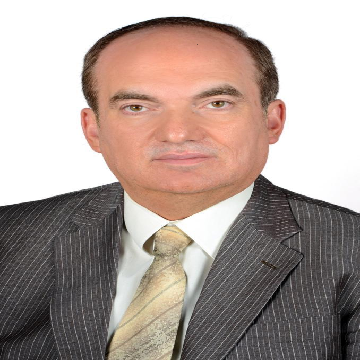
Samer H. Ellahham
Cleveland Clinic, USA and Cleveland Clinic Abu Dhabi, UAE
Title: The nuts and bolts of an inpatient cardio-oncology consult team
Biography
Biography: Samer H. Ellahham
Abstract
Cancer is a global burden. By the year 2030, 23.6 million new cancer cases are expected to be added annually to the global burden. Traditional cancer treatment such as anthracycline-based chemotherapies, monoclonal antibody-based therapies (e.g. trastuzumab), and radiation can have cardiac toxicities. In the last decade, novel cancer therapies or their combinations have improved cancer survivorship. These cancer therapies are associated with cardiovascular complications. Additionally, cancer patients and survivors are often elderly and have new or preexisting cardiovascular comorbidities. Patients with pre-existing cardiovascular disease have an increased risk of cardiovascular toxicity. Cardiovascular complications of cancer therapy have a profound negative effect on the survival and quality of life of cancer patients. Cancer therapies can affect the whole cardiovascular system but generally, these cardiotoxic effects are reported as changes in left ventricular (LV) ejection fraction. The most common cardiovascular adverse effects are LV dysfunction and heart failure (HF). Other adverse effects include hypertension, acute coronary syndromes, thromboembolic events, rhythm disturbances, valvular and/or pericardial disease. Hence, prediction, early recognition and timely management of cardiovascular complications in cancer patients is gaining importance. This need gave birth to the concept of interdisciplinary cardiology-oncology (cardio-onco) care delivered through a team of cardiologists, oncologists and hematologists. The cardio-onco care model is a relatively new field. Clinicians often face the dilemma as to whether give preference to the cancer status of the patient or to the cardiovascular toxicity. Lack of awareness about this integrated practice, its availability in very few centers, lack of proper protocols for decision making and resources to set up such a team are some of the key challenges in implementing the cardio-oncology program Oncologists, nurses, patients and their attendants should be trained to recognize signs and symptoms of cardiotoxicity.

